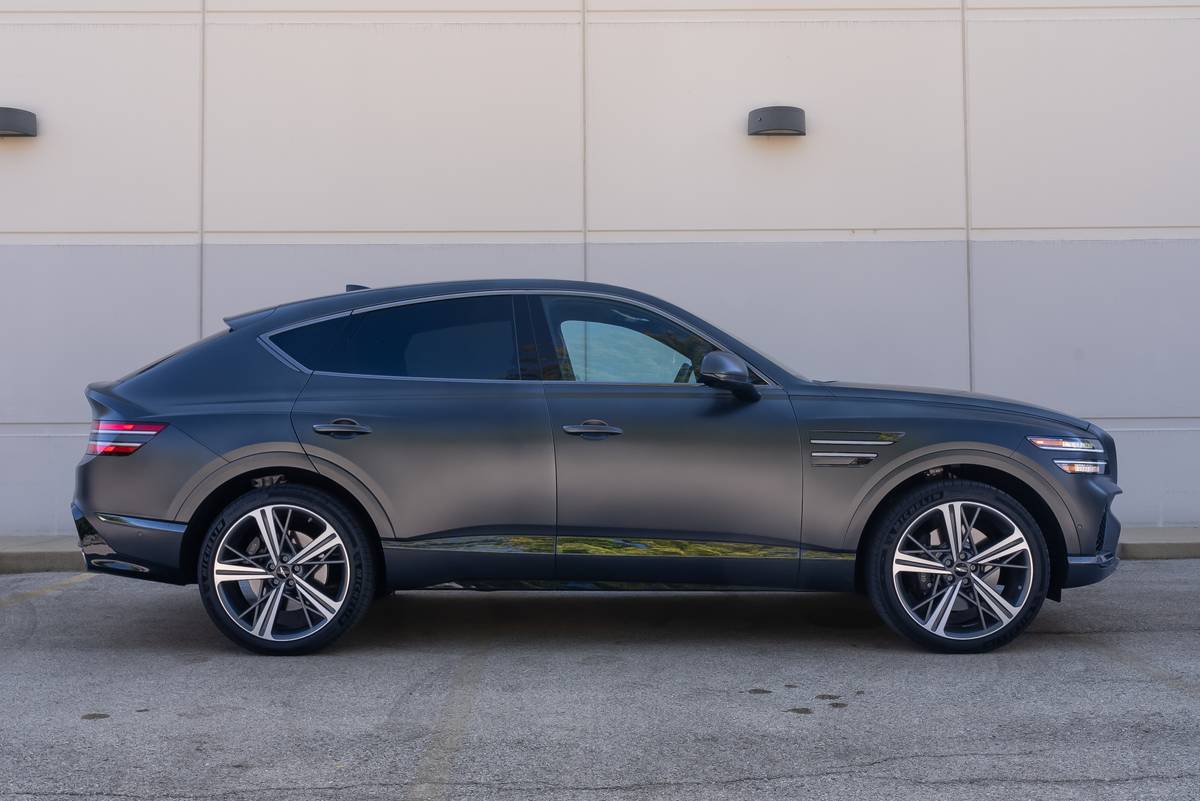washingtonpost.com's view
We have another tall wagon, the 2007 Lincoln MKX. To prevent head-scratching for the remainder of this column, I’ll explain the name upfront.
Lincoln is the luxury division of Ford. In the past, it was fond of naming its premium automobiles “Mark,” as in “Mark VII.”
But Ford’s adherence to the past crippled its present. To help secure its future, Ford jettisoned many things of old, including its former chairman and chief executive officer, William Clay Ford Jr., its old vehicles, and its old vehicle names — or, at least the longer versions of those appellations.
“MK” now stands for “Mark.” You might think “X” reads as the Roman numeral “10,” but banish that thought. “X” here is shorthand for the new automobile industry term “crossover” — a name indicative of nothing except the industry’s refusal to call “crossover” vehicles what they actually are, tall wagons with sport-utility-vehicle pretensions built on passenger-car platforms.
The MKX is one of the most luxurious and prettiest of the lot. Alas, that does not make it the best.
Here’s the problem. Nomenclature aside, tall wagons have one major goal: to haul people and their stuff safely and comfortably over long distances.
As reported by my assistant, Ria Manglapus, the MKX performs admirably in fulfilling that primary objective.
Ria took an eight-hour, round-trip drive from her home in Arlington to Blacksburg, Va. She covered a total of 540 miles carrying her two sons, 16-year-old Bori and 11-year-old Q, a teenage cousin and all of their stuff. A long drive with three active boys is enough to drive any adult crazy.
But the MKX rode so smoothly, “they slept most of the trip,” Ria said.
A vehicle’s ability to make passengers sleep, especially passengers who seldom settle down, “is my gauge for comfort,” she said.
It also helped that the tested MKX came with video screens and other electronic entertainment systems to help keep her passengers happy. And Ford’s decision to make rear heated seats available in the MKX eliminated another bugaboo — the often boisterous winter competition between brothers Q and Bori over who gets to sit in the front passenger’s seat, which often is the only heated passenger seat in luxury vehicles.
I drove the Lincoln MKX, the luxury iteration of the Ford Edge, 200 miles more with members of my family. Our experience was similar to Ria’s. All passengers were happy with ride comfort, including my wife, Mary Anne, who is not at all chary about knocking a vehicle with lousy seats, bad ride and cramped space for legs and arms.
But that is where the good MKX report ends, because as good as the MKX is, it is not yet good enough to hold its own in the marketplace against other tall wagons such as those in General Motors’ group: the Buick Enclave, GMC Acadia and Saturn Outlook. Nor does it have the panache to take on the likes of the Acura MDX or Lexus RX 350.
Look at GM’s tall wagons. All have three rows of seats and ample space for eight passengers. The MKX comes with two rows and space for five. The GM group offers a maximum 117 cubic feet of cargo space with the second- and third-row seats down. The MKX, available with front-wheel drive or all-wheel drive, gives you a maximum cargo capacity of 69 cubic feet with the second-row seats lowered.
As noted earlier, the all-wheel-drive MKX drives and handles well despite its considerable weight of 4,420 pounds. But although the all-wheel-drive Acadia weighs 516 pounds more than the MKX and has a body that is 14.2 inches longer, the Acadia rides and handles better than its domestic rival. The MKX feels more like a truck. The Acadia feels more like a tightly crafted sedan.
The all-wheel-drive GM and Ford tall wagons, all equipped with V-6 engines and six-speed automatic transmissions, the latter jointly developed by GM and Ford, get an estimated 24 miles per gallon on the highway. Both run on regular unleaded gasoline.
The MKX is worth serious consumer attention, especially from shoppers who neither need nor want room for eight people. It is a good wagon. But “good” won’t do in the fight to take market share away from talented foreign rivals such as Honda and Toyota. In that battle, GM’s tall wagons are better.
Latest news


10 Biggest News Stories of the Week: Jeep Wrangler Rides on Audi E-Tron GT, Chrysler Pacifica Hybrid

